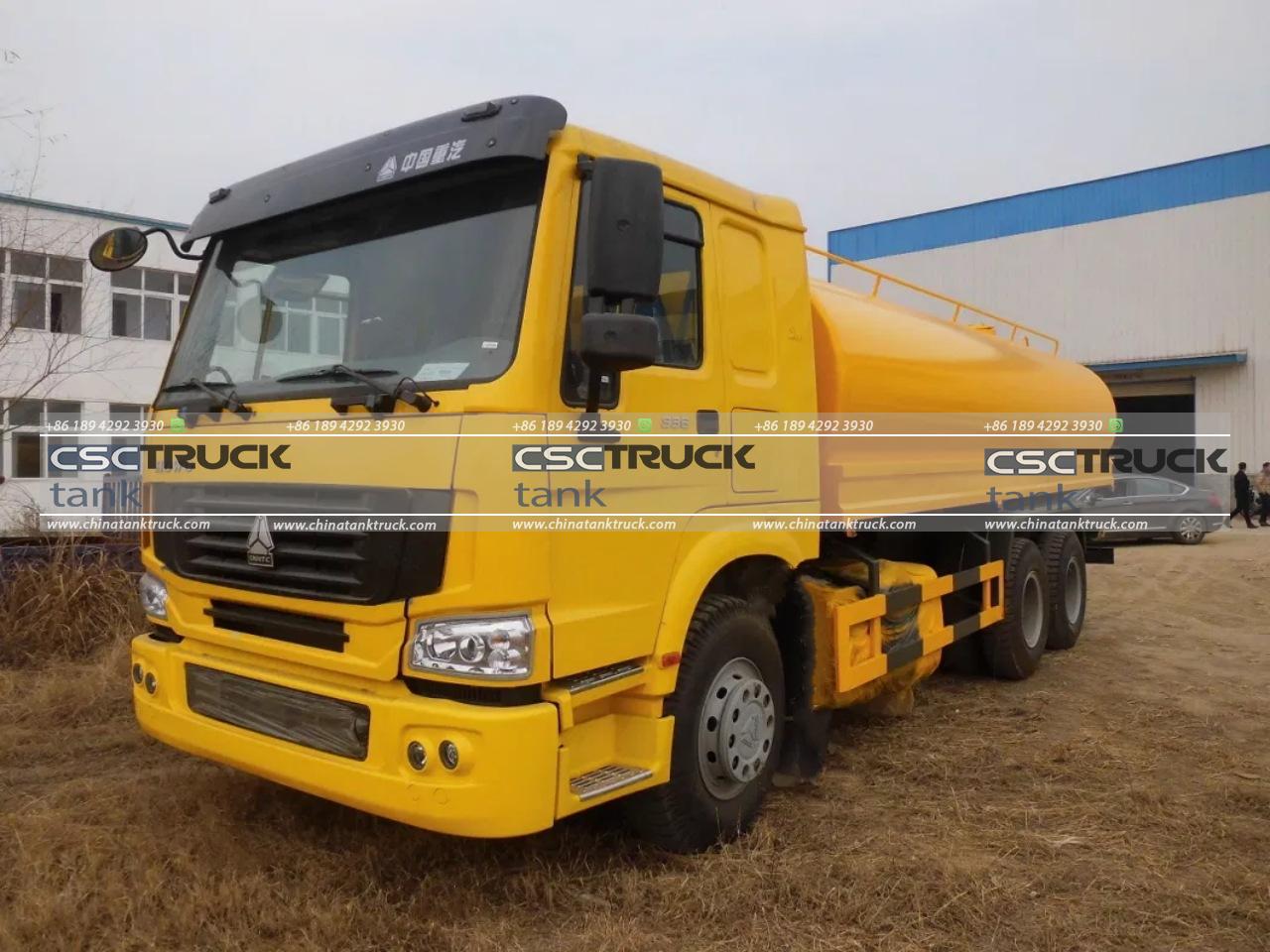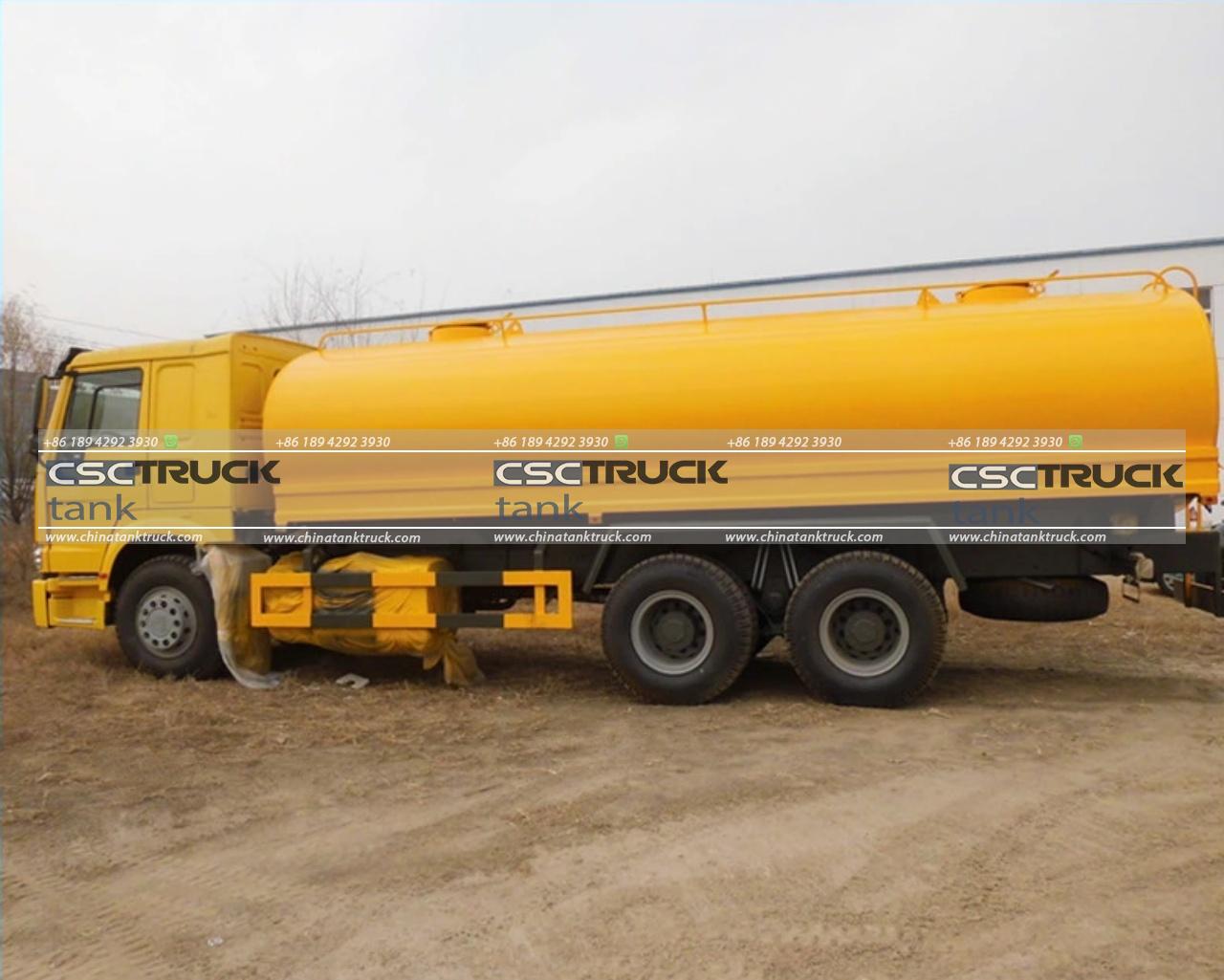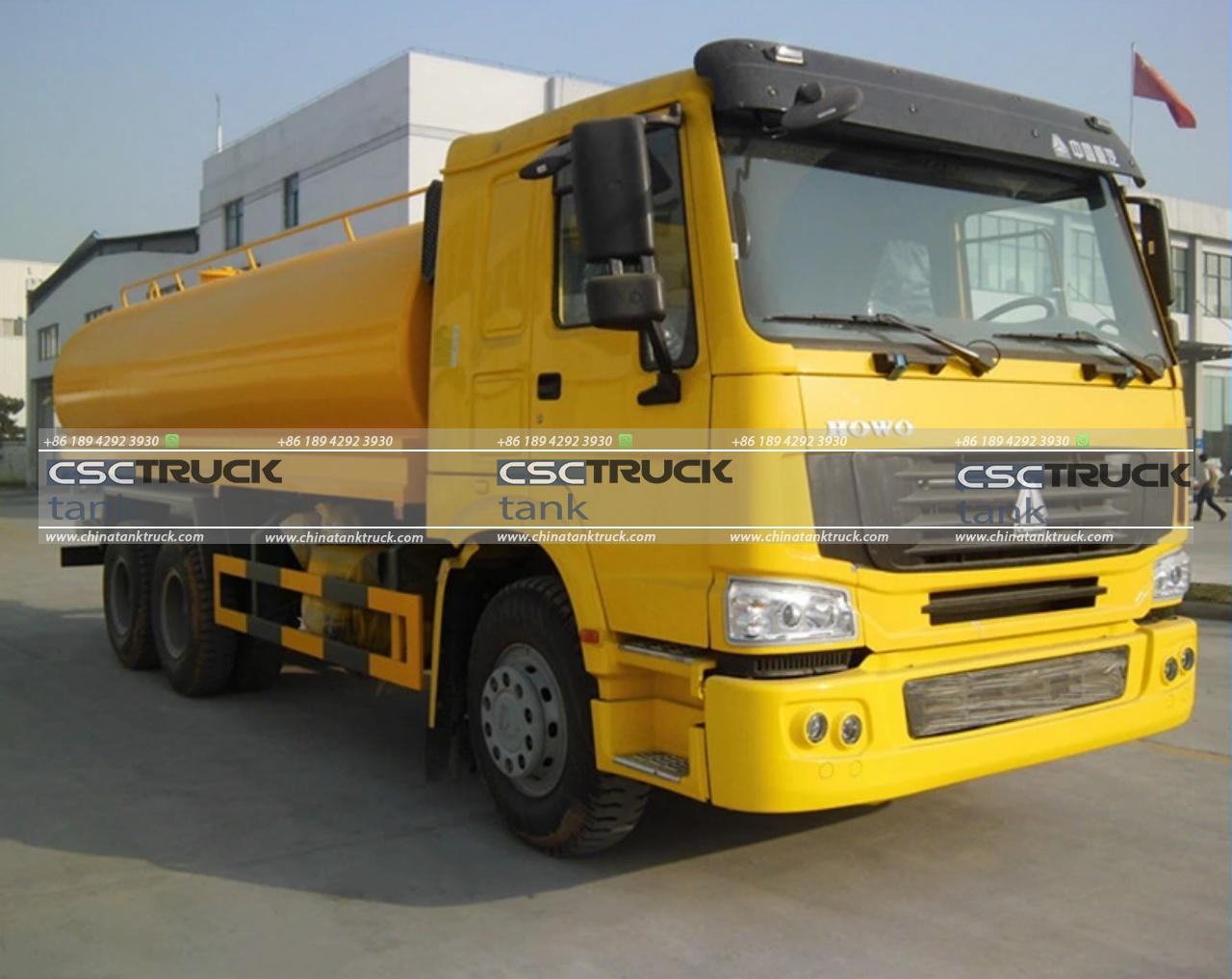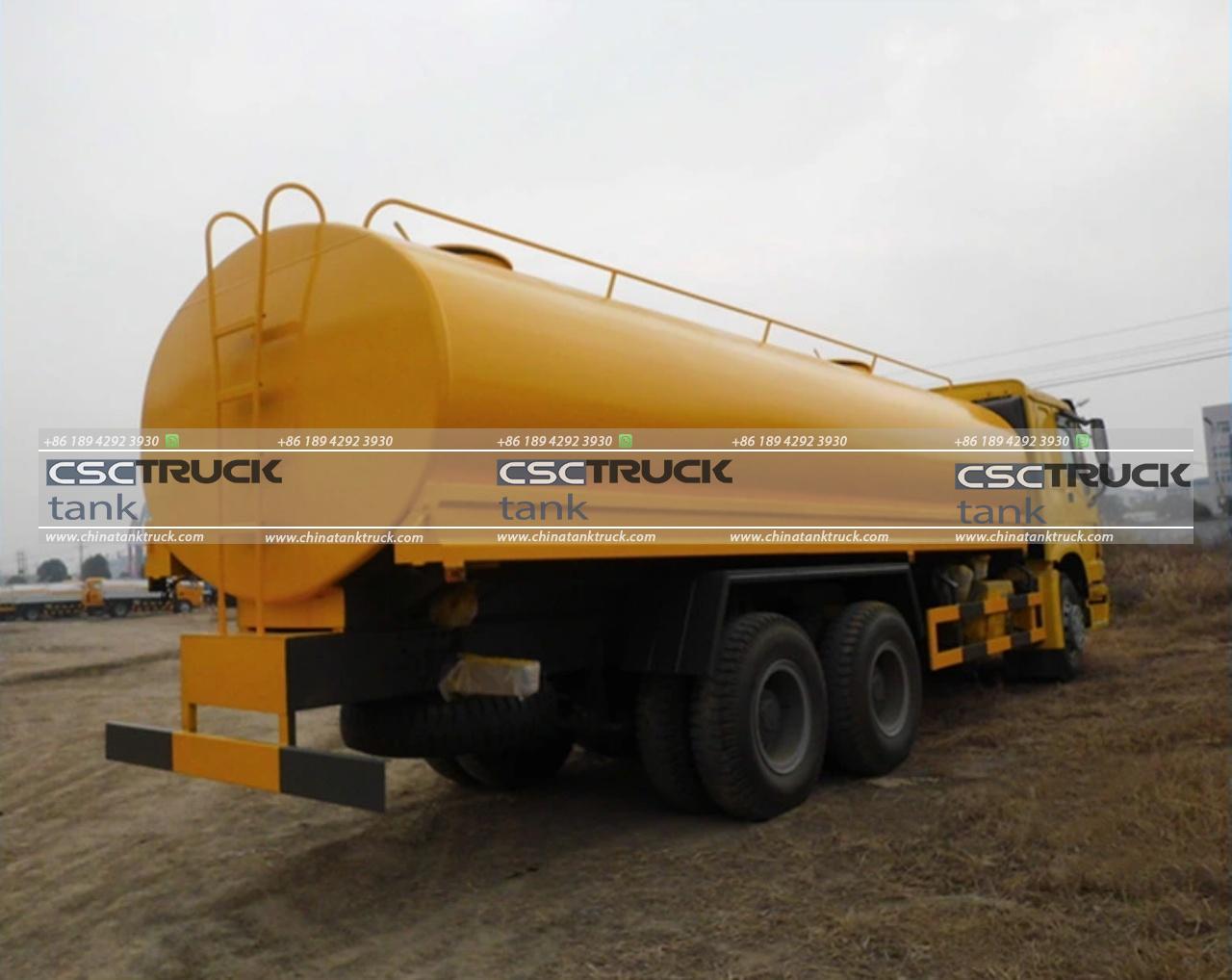How Big is a Water Tank Truck?
Water tank trucks, commonly known as water trucks, are a vital piece of machinery across various industries, including firefighting, construction, agriculture, mining, and municipal work. They carry substantial volumes of water to locations where a reliable water supply is unavailable or inaccessible. The size of a water tank truck can vary widely depending on its intended application, capacity, and the specific requirements of the job. In this article, we’ll explore the range of sizes, design specifications, and operational factors that determine how big a water tank truck can be.
What Defines the Size of a Water Tank Truck?
The size of a water tank truck is largely determined by two key factors:
1. Tank Capacity: This is the volume of water the truck can carry and is typically measured in gallons or liters.
2. Truck Chassis Size: The size and strength of the truck’s chassis must be appropriate to handle the weight of the full water tank, which directly affects the truck’s length, width, and height.
In the United States, water tank trucks are generally classified based on their tank capacity, with the most common sizes falling within 2,000 to 10,000 gallons. However, custom-built water trucks can carry even more, especially for industrial applications.

Tank Capacity Range and Common Sizes
Let’s break down the tank sizes you commonly encounter and how these different capacities correlate with the truck’s dimensions.
Small Water Tank Trucks (1,000 – 2,500 Gallons)
Small water tank trucks are typically designed for urban use and small construction sites where mobility and maneuverability are essential. These trucks are often built on medium-duty chassis, such as those from Ford, Chevrolet, and Freightliner. Small water tank trucks generally measure about 20–25 feet in length, 7–8 feet in width, and around 8 feet in height.
– Capacity: 1,000–2,500 gallons (approx. 3,785–9,464 liters)
– Gross Vehicle Weight Rating (GVWR): Typically between 16,000 and 26,000 pounds
– Applications: Dust suppression on small construction sites, landscaping, irrigation, and firefighting in areas with limited access.
Medium Water Tank Trucks (2,500 – 5,000 Gallons)
Medium-sized water tank trucks are versatile and well-suited for a wider range of applications, from dust control on larger construction sites to rural firefighting efforts. These trucks usually have a heavy-duty chassis and may be mounted on models such as the International or Mack.
– Capacity: 2,500–5,000 gallons (approx. 9,464–18,927 liters)
– Dimensions: Around 25–30 feet in length, 8–9 feet in width, and 9 feet in height
– GVWR: Ranges from 26,000 to 40,000 pounds
– Applications: Industrial dust suppression, road construction, rural firefighting, and emergency water distribution.
Large Water Tank Trucks (5,000 – 10,000+ Gallons)
Large water trucks are often found in industries where high water volumes are required, such as mining and large-scale construction. These trucks are built on a heavy-duty, commercial chassis that supports the massive weight of the full tank. Common manufacturers include Peterbilt, Kenworth, and Western Star.
– Capacity: 5,000–10,000+ gallons (approx. 18,927–37,854 liters)
– Dimensions: Often around 30–40 feet long, 9–10 feet wide, and up to 12 feet high
– GVWR: Can reach 80,000 pounds or more
– Applications: Dust control in mining sites, earthmoving projects, and municipal water supply.
In certain situations, custom water tank trucks with capacities exceeding 10,000 gallons are built to meet specific industry demands. For example, large mining operations may use water trucks capable of carrying over 20,000 gallons to reduce refilling frequency and maximize operational efficiency.
Design Specifications and Customization
Several design aspects influence the overall size and capabilities of a water tank truck, with tank material and chassis structure among the most critical.
Tank Material
The tank material affects the truck’s weight, durability, and resistance to environmental factors. Common materials include:
– Steel: Known for durability and strength, steel tanks can handle rough environments and extreme temperatures. However, steel is heavier than other materials and can contribute significantly to the vehicle’s weight.
– Aluminum: This is a lighter alternative to steel, helping reduce the overall weight of the truck without compromising durability. Aluminum tanks are often found in trucks that require higher mobility.
– Polyethylene or Fiberglass: Lighter and corrosion-resistant, these materials are suitable for lighter trucks used in specific tasks like landscaping or dust suppression. However, they are less durable under intense industrial use.

Chassis and Axle Configuration
The chassis design plays a crucial role in determining a water truck’s capacity. The number of axles is often increased as the tank capacity grows to better distribute the tank’s weight and improve road handling. Trucks with larger tanks often have tandem (double) or trim (triple) rear axles to support the load and maintain stability on various terrains.
– Single Axle: Common for smaller water trucks, with capacities up to around 2,500 gallons.
– Tandem Axle: Frequently used for mid-sized trucks with tanks between 2,500 and 5,000 gallons.
– Tridem and Quad Axle: Necessary for large water trucks, as they provide additional stability and distribute weight for capacities above 5,000 gallons.
How Does the Size Affect Water Truck Operations?
The size of a water truck affects more than just its capacity; it influences maneuverability, fuel consumption, and operational scope.
1. Maneuverability: Smaller trucks are ideal for navigating tight spaces, like urban streets or small construction sites, while larger trucks are better suited for open areas where turning radius and road space are not as restricted.
2. Fuel Consumption: Larger trucks consume more fuel, both because of their weight and engine size, which must be powerful enough to move a fully loaded tank.
3. Refill Frequency: Smaller water trucks may require more frequent refills, especially on large projects, impacting efficiency and cost. Larger trucks reduce refilling time and can cover extensive areas before needing to return for a refill.
4. Operational Cost: Beyond fuel, other factors such as tire wear, maintenance, and driver costs increase with truck size. Bigger water trucks generally require a more experienced driver, and regulations may impose stricter licensing for operating heavier vehicles.

Special Considerations: Off-Road Water Tank Trucks
In industries like mining and forestry, off-road water tank trucks are crucial. These vehicles are usually fitted with larger, ruggedized tanks and all-wheel-drive systems to navigate rough terrain. Off-road trucks are often on the larger end of the spectrum, with capacities between 5,000 and 10,000 gallons. They are built on reinforced chassis with enhanced suspension systems to handle challenging environments.
Conclusion
The size of a water tank truck varies widely, from small, compact trucks for urban areas to massive tankers designed for industrial applications. While small trucks range from 1,000 to 2,500 gallons, medium ones handle around 2,500 to 5,000 gallons, and large trucks exceed 5,000 gallons, reaching up to 10,000 or more for specific industries. These variations in size are dictated by factors like tank material, chassis strength, axle configuration, and intended application. Understanding these dimensions and configurations helps industries choose the right truck for the job, balancing water capacity with operational efficiency, fuel economy, and cost.


